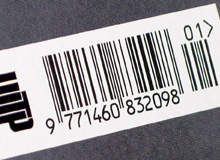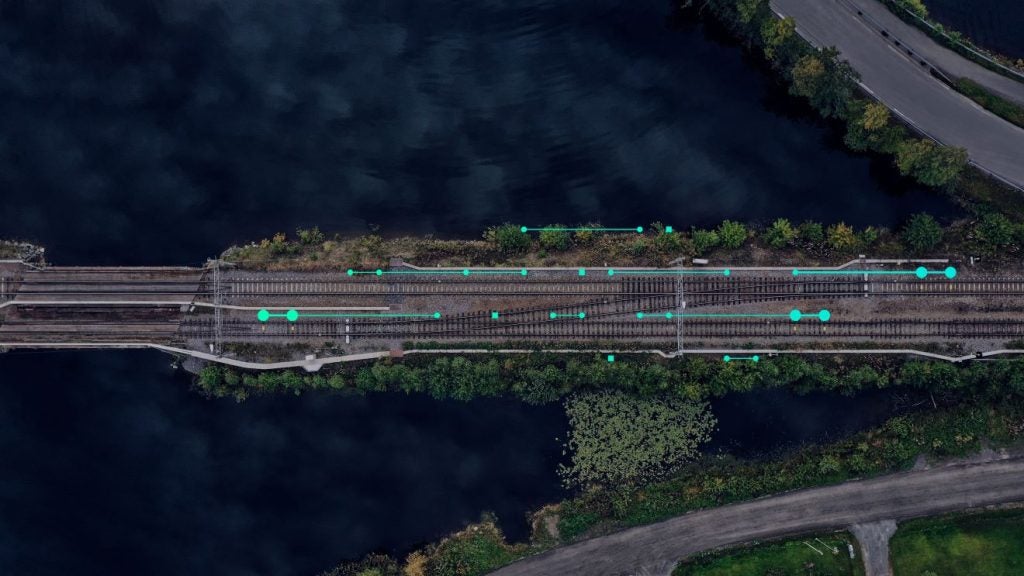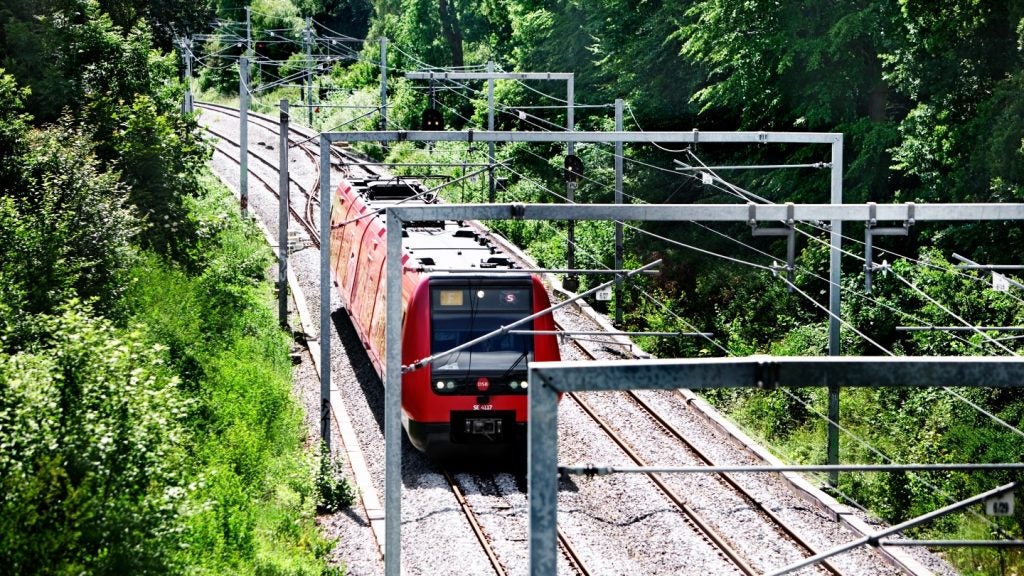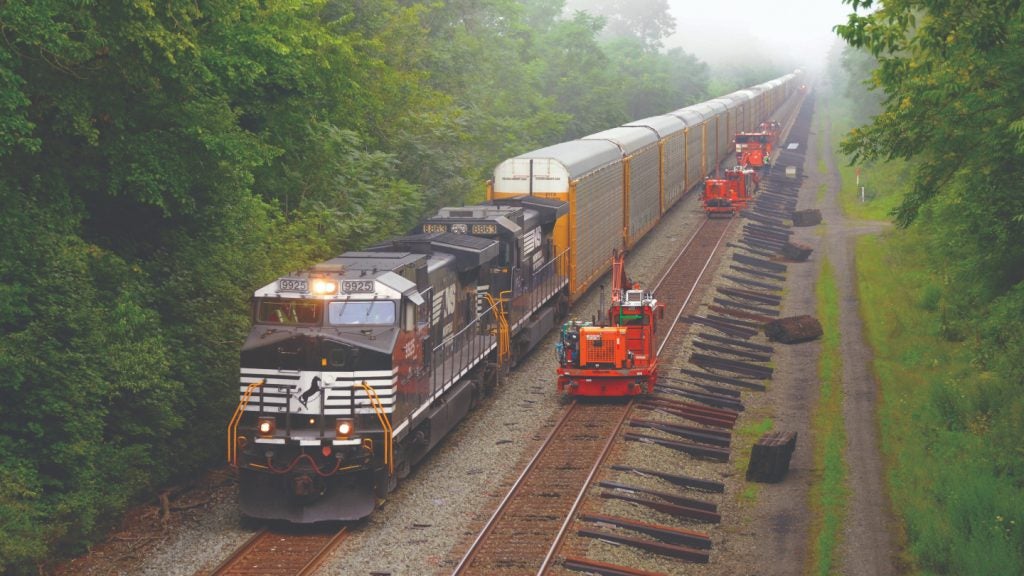
We were led to believe that the arrival of computer technology would quickly result in paperless offices and the printed word replaced by text on monitors. But although paper-based records have largely transferred to electronic formats, this complete utopian dream has still not been realised.
The same can be said for the standard train ticket. The world’s passenger railways are today primarily turn-up-and-go operations, operating in a high-capacity mode that, combined with high frequency levels, lends itself to short-term decisions to travel.
As such, the paper/card railway ticket bought before departure or aboard the train continues to serve customers and operators well.
Simple to buy and to use, allowing many permutations of journey types, duration and limitations being applied at the point of sale, the traditional ticket looks set for many more years of use.
This does not mean evolution is not on the cards. In recent years, there has been a convergence of changing customer behaviour patterns and technology that has produced alternatives to the traditional ticket.
See Also:
On longer journeys, such as intercity travel, companies have been keen to promote a higher proportion of advanced bookings. This offers them advantages such as securing payment in advance, reduced cash handling and better handling of logistics in relation to supply and demand, as well as the ability to gain market information and the potential for selective promotion of services.
How well do you really know your competitors?
Access the most comprehensive Company Profiles on the market, powered by GlobalData. Save hours of research. Gain competitive edge.

Thank you!
Your download email will arrive shortly
Not ready to buy yet? Download a free sample
We are confident about the unique quality of our Company Profiles. However, we want you to make the most beneficial decision for your business, so we offer a free sample that you can download by submitting the below form
By GlobalDataSubject to securing a favourable price, the traveller can also benefit with a guaranteed seat and above all can sidestep time-consuming and patience-sapping queues to buy tickets.
STORED VALUE – REDUCING SMALL CHANGE USE
Introduced in 1997, the Hong Kong Octopus card was one of the first and most successful of the stored value ticket systems. It was initially designed for use on the busy and congested MTR metro system. Here, a solution was required that could help speed up the flow of large numbers of passengers who previously were carrying out low-value transactions at stations. At the same time, revenue protection needed to be ensured.
The Australian-designed Octopus smart card contains a data storage microchip which deducts value by its proximity to automatic readers.
In time, the card’s success lent it to services beyond the original MTR – now it can be used on other modes of transport such as Airport Express, KCR East Rail and light rail, as well as buses and ferries, offering a simple payment solution across all transport in Hong Kong. Its key benefit, obviating small change handling and storage, has seen it also being taken up for many retail and service payments.
Less densely concentrated than Hong Kong and Kowloon on the Hong Kong mainland, Greater London nevertheless represents one of the world’s largest day-in, day-out public transport markets. The majority of journeys to or from and within the capital are handled by the public sector body Transport for London (TfL).
A multi-mode organisation, TfL oversees services by bus, Underground, Docklands Light Railway, Croydon-centred Tramlink light rail, river bus and, since 2007, the Overground heavy rail operation formed from routes transferred from national operators.
As in Hong Kong, the handling of small sums for multiple journeys grew increasingly burdensome for customers and operators. However, as the frequency and distances of trips varied radically for individual customers, a zoned season ticket would not be a workable solution for all.
The TfL Oyster contactless smartcard maintains the premise of payment according to individual trip use, with up to £90 pre-payment for ‘pay as you go’ users.
It can also contain bus passes and Travelcards for regular and/or intensive users.
First issued in 2003, the functions of Oyster have subsequently been amended and increased. Value top-ups can be made at pay points, but to avoid this, TfL operates an automated remote system for registered users, who can top up using the internet at home or at work.
Such has been its success, as in Hong Kong with Octopus, the number of Oysters issued considerably exceeds the population resident in its territory.
Encouraged by convenience as well as often offering lower journey costs than single payments, more than 80% of TfL journeys are now paid for by Oyster. The two cards share a characteristic of taking a name that was not associated with travel, or with the location – something that has made their spread as a payment system for other goods and services easier to achieve.
ONEPULSE – OPENING UP THE OYSTER
In early September 2007, the UK division of the bank Barclays, called Barclaycard, launched OnePulse. Developed in association with TfL, the new single-card product combines credit card operation with the functionality of Oyster. OnePulse enables use as per Oyster (at the same lower fare levels) for transport, with deductions as normal from the user’s Oyster pre-payments.
As well as speed, security and versatility, a promoted system is the chance of avoiding a queue each time the Oyster element might have needed recharging. Registering a OnePulse card allows it to be topped up from the linked Barclaycard account automatically when the balance falls below £5.
In addition to conventional credit card use, OnePulse can also be used for cashless payments of under £10 value via ‘wave and pay’ (without pin number entry) over a touch pad in participating shops.
As befits mobile metropolitan users, these have initially mainly been in the food, drink and book sectors. As with the credit card function, these cashless payments become debits on the user’s Barclaycard account.
In the event of reported card loss, the user has protection of any outstanding Oyster balance as well as the credit card element. To make the card more appealing for occasional users of TfL services, who otherwise may not anticipate worthwhile returns in taking up OnePulse, there is no annual fee for the card.
Oyster and OnePulse are currently limited to a few designated UK national rail routes around London. Currently, the schemes have only been taken up by operators such as c2c, First Capital Connect, Southern and Southeastern; effectively defined by compatible revenue protection equipment installed on trains or at stations.
Nevertheless, electronic smart cards in whatever guise point the way to more ticketless rail travel.
PRINT YOUR OWN: E-TICKETING INCREASES
With the rise of the computer in the home and the office, another advance in ticketing has been realised. E-ticketing, with the ability to print tickets in the home or office, has today become commonplace.
Low-cost airlines have been at the forefront of demystifying the ticketing process but it did not take long before travellers became accustomed to the benefits. Rail operators may not have been faced with the same issues such as finite seating capacity and end-to-end travel for all on board, but this does not mean they have not been able to benefit from the customer’s new willingness to take steps to make their journey easier.
Now, print at home has become an option for some companies on a proportionally small number of UK services. Virgin Trains between Manchester and London and ‘one’ between Cambridge and London are now making the most of this service.
TICKETS BY MOBILE PHONE
One of the UK companies offering print at home, Chiltern Railways, is also involved with a different innovation – made possible by mass take-up of another type of communications technology.
Valid for a quota of journeys on specified services on its London Marylebone to Stratford upon Avon/Birmingham lines, the ‘txt2mobile’ option requires a customer to register first. Then, following a website booking, the ‘tickets’ are sent by SMS text message as a barcode displayed on the passenger’s mobile phone, which is read at stations by fixed machines or equipment carried by staff.
Chiltern Railways freely acknowledges the trial nature of the system, preferring to carefully control introduction before making it more widely available.
Whether for single trips or a season, the traditional ticket remains proportionally dominant for rail journeys.
However, the stored value card in various guises is a proven success on networks serving large conurbations and seems set for wider adoption.
Other methods are yet to prove themselves in the mainstream of longer journeys, but these and yet to be devised ticketing systems might eventually become the norm for rail travel.







